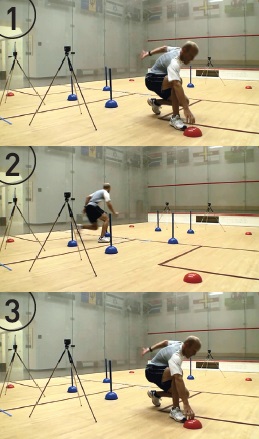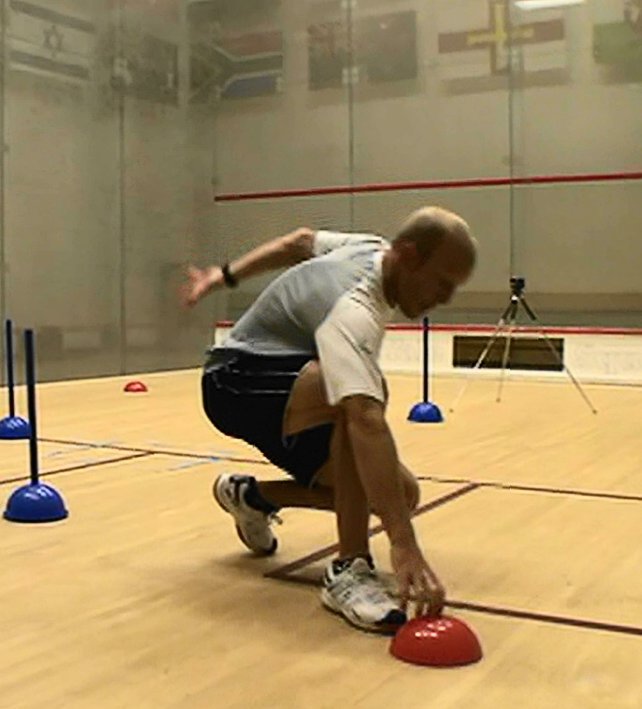By Damon Leedale-Brown, Sports Scientist & Conditioning Specialist
In last month’s article (Part 2), we discussed the use of ‘performance profiling’ as a simple technique for evaluating your abilities as a squash athlete. This month, we will look at the use of physical tests to provide more objective and measured information on your strengths and weaknesses.
With England Squash, I developed a series of specific physical tests that assessed a player’s movement endurance, agility and speed on-court. In addition, every player was taken through a functional strength and mobility evaluation with the help of our physical therapists. Our elite junior squads were assessed 3-4 times throughout the year in the build up to the World Junior Championships. Results were used to set individual performance goals and plan out each phase of training. Using test scores gained over a number of years, we established performance criteria; so for players aiming to make the World Junior team there were minimum standards for each test. This ensured that we always took a group of players who were both physically and mentally capable of withstanding two weeks of high level junior competition—a key factor in winning five World Team titles over a six year period!
Let’s look at some tests you can do that can provide valuable information about your athletic abilities:

1.5 Mile Timed Run This is a simple test of endurance or aerobic capacity. It could be performed on a running track or treadmill. Following a suitable warm-up, your aim is to complete the 1.5 miles as quickly as possible.
T-Test This test has been used by many sports as an assessment of agility, and I have seen it modified to reflect typical distances covered in different sports. In squash, from a relatively central position you will not normally be required to move more than about 4 yards in any direction. If you have to move further than this, then things are probably not going too well!
Agility Cone or Compass Drill This test is often used in Soccer and Basketball and provides a good assessment of an athlete’s agility (i.e., ability to rapidly change direction at speed), an important quality for the squash player.
Vertical Jump Test Although you do not often need to jump upwards as a squash player (except for that stylish jumping volley nick!), this test provides a good indication of muscular power and high-speed strength. In squash, explosive leg power helps with acceleration off the mark, enabling you to cover attacking shots played by your opponent into the front corners, and allowing you to move aggressively onto openings around the front and middle of the court. This will enable you to take time away from, and apply pressure to, your opponent.
An important aspect of any test is its repeatability. Always try to repeat the test under the same conditions to avoid errors in scoring that might mask any improvements made. If you performed the 1.5 mile run test on a treadmill at your local gym, make sure the next time you do the test to use the same gym (ideally, the same treadmill), and perform at the same time of day. Obviously tests outside are open to environmental variables, so if the first time you perform a test outside is under calm and still conditions then don’t perform the second test when it is blowing a gale. You may have gotten a lot fitter but your results will probably not show this!
More details on the tests can be found at the following links:
T-Test: www.topendsports.com/testing/tests/t-test.htm
Agility Cone Drill: www.topendsports.com/testing/tests/agility-cone-drill.htm
Vertical Jump Test: www.topendsports.com/testing/tests/vertjump.htm
From the performance profiling last month, you should already have some idea where your physical strengths and weaknesses lie. Take yourself through a few physical tests and see if your performance on these tests confirms what you already thought.





